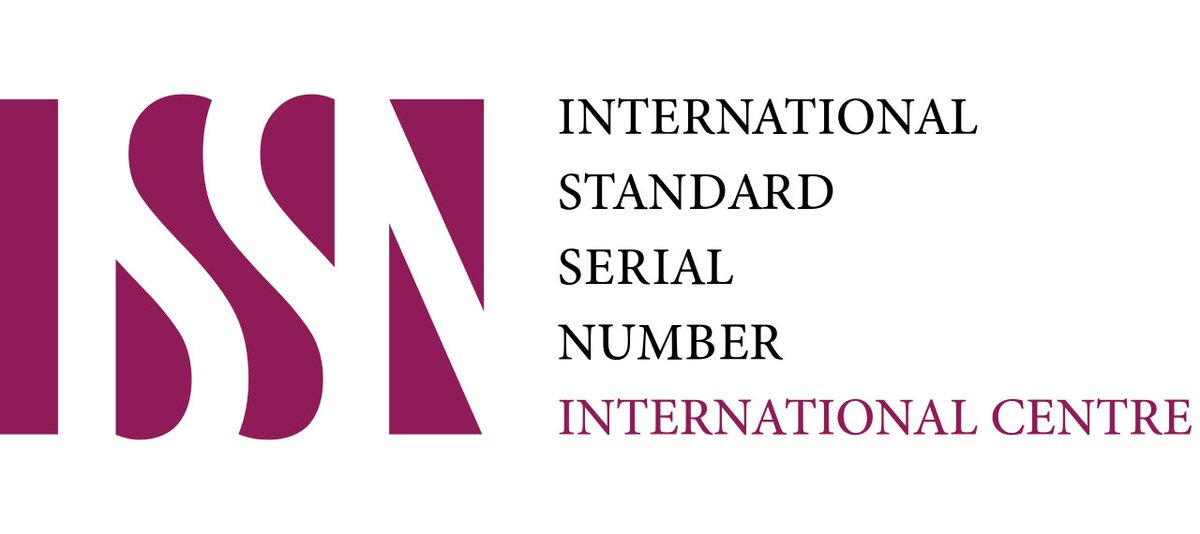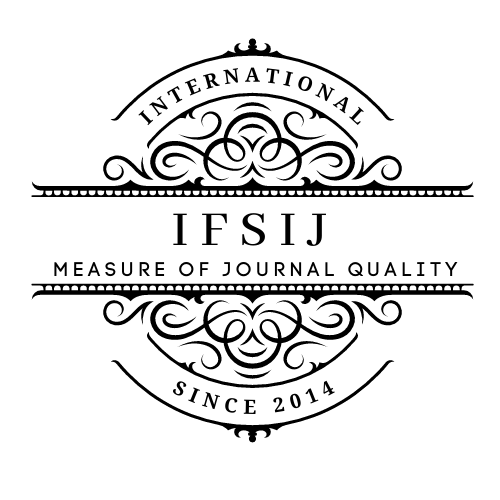VOCABULARY-BUILDING TECHNOLOGIES IN TEACHING FOREIGN LANGUAGES: A MIXED-METHODS APPROACH
Keywords:
Language acquisition, vocabulary learning, vocabulary retention, traditional learning methods, mobile applications, spaced repetition systems, artificial intelligence, mixed-methods approach, electronical devices, contextual learning.Abstract
Building a vocabulary base is a fundamental component of learning any foreign language. In recent times technology has introduced several innovative ways to enhance this process. This study observes the effectiveness of vocabulary-building technologies, such as mobile applications, spaced repetition systems, artificial intelligence (AI), and virtual reality (VR), in foreign language acquisition. With a mixed-methods approach, we conducted a survey of 150 language learners and interviewed 10 foreign language instructors. Results show that technology-based learning noticeably improves vocabulary retention, engagement, and accessibility. However, there are still challenges such as over-reliance on technology and the need for contextual learning. These outcomes suggest that while technology can offer a number of benefits, its integration with traditional learning methods should be balanced.
Downloads
Published
How to Cite
Issue
Section
License

This work is licensed under a Creative Commons Attribution-NonCommercial-NoDerivatives 4.0 International License.















